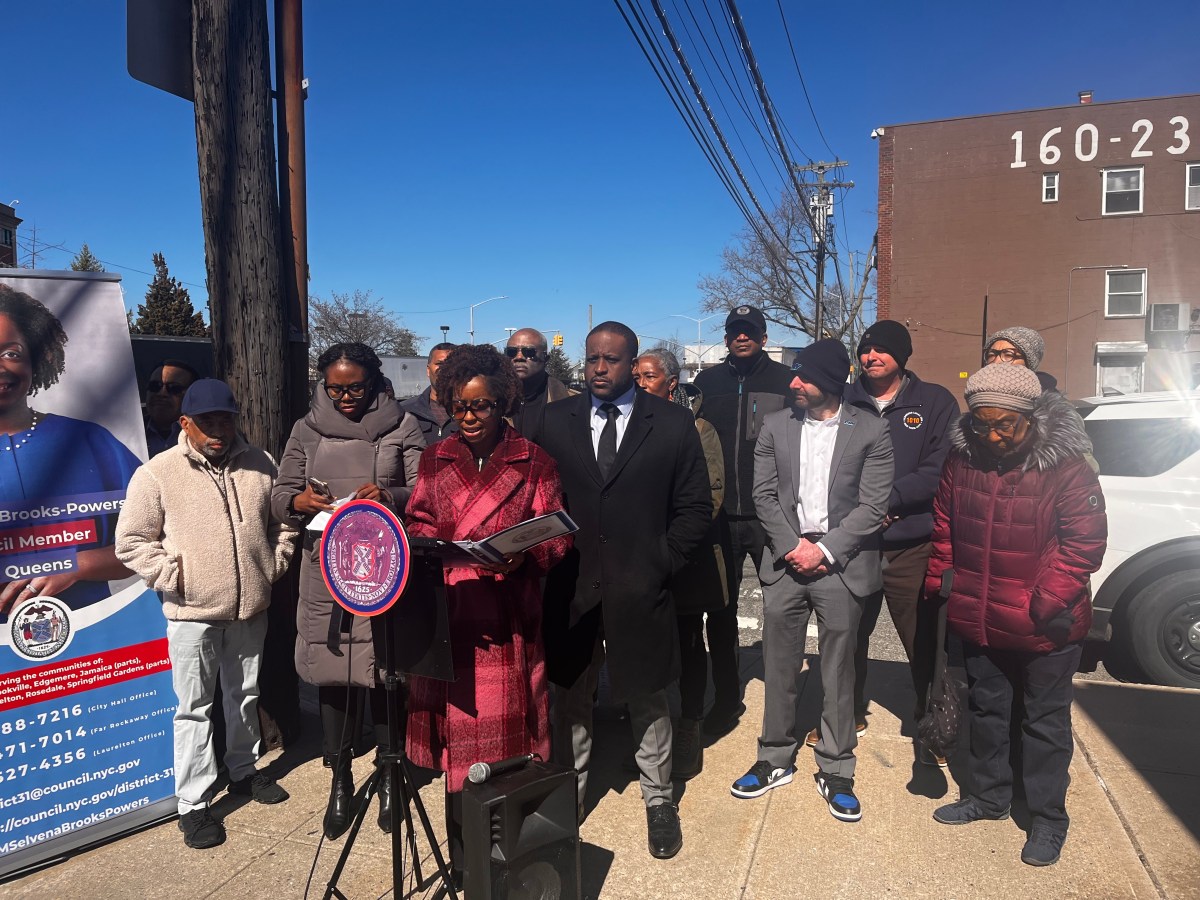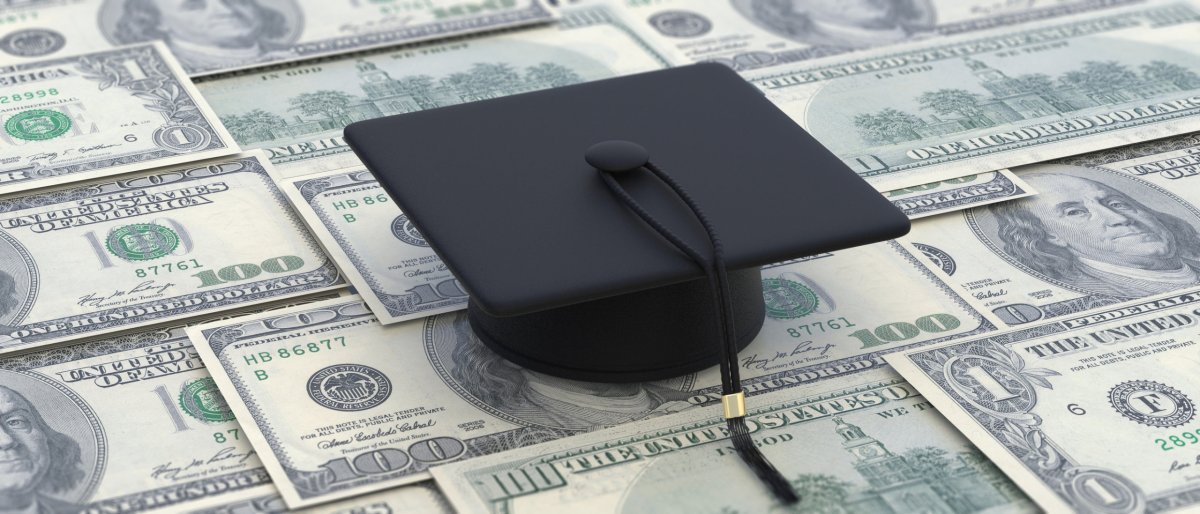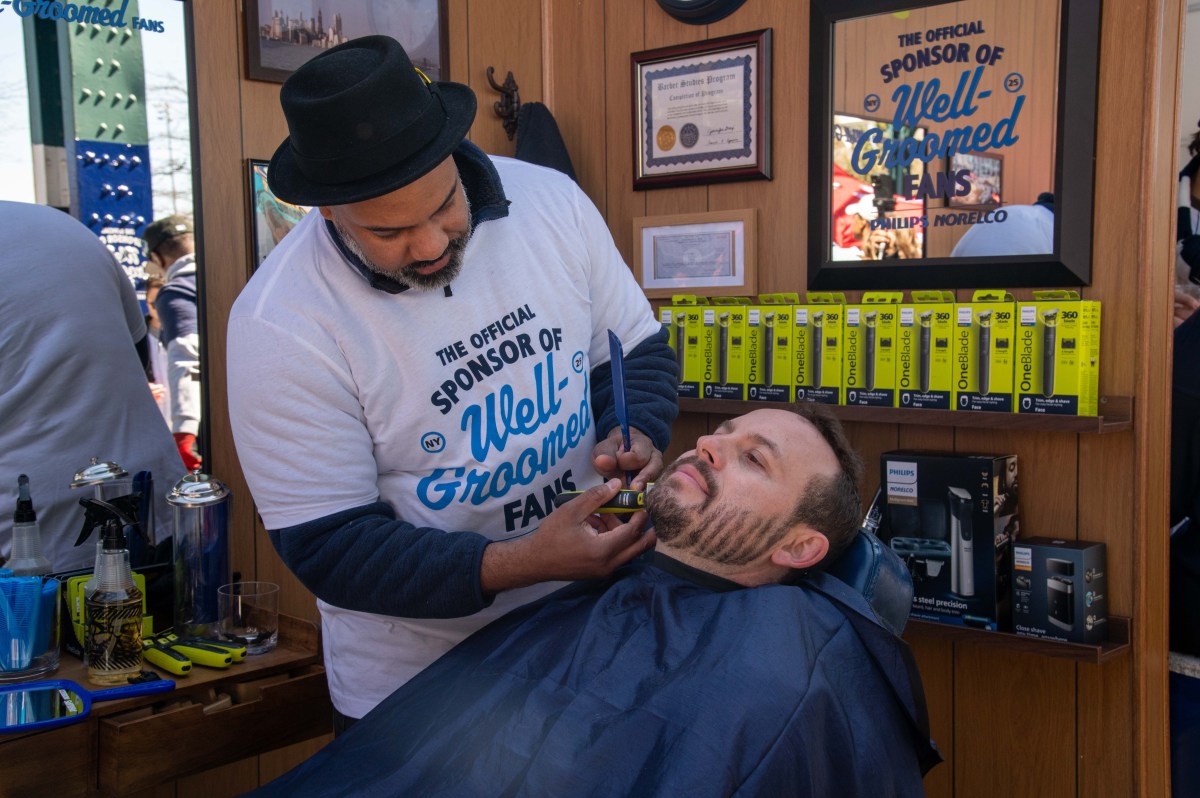It’s a spectacle that even the most jaded New Yorker should be excited about.
For the first time in almost 40 years, all of the continental United States will experience an eclipse of the sun on Monday – treating us to a celestial phenomenon.
And while the New York City is not in the so-called path of totality, where the moon will completely cover the sun, it’s still worth stepping outside to take a look.
Just don’t forget the proper eyewear.
“This is a rare event,” said Thomas Barclay, a research scientist at NASA’s Goddard Space Flight Center. “You don’t get to see many in your life. This is part of our cultural history and it’s spectacular.”
An eclipse takes place when the moon passes between the sun and the Earth. They appear the same size during an eclipse, even though the sun is 400 times wider than the moon and 400 times farther away, according to NASA.
Jason Kendall, who teaches astronomy at Hunter College, said eclipses have been associated with uprisings, battles and other events throughout history.
“Some people believe being in the path of totality is a source of magic,” said Kendall, who is on the board of the Amateur Astronomers Association of New York. “Or maybe that’s how it feels to us because its radically weird. Stars are out during the day, flowers close, birds go to sleep.”
Die-hard eclipse lovers made their travel plans to states in the path of totality, including Oregon, Wyoming, Nebraska and Missouri.
Barclay said even though New Yorkers will view about 75 percent — not 100 percent — of the sun covered by the moon, it will still be an impressive sight.
He suggested people step outside to observe and then watch the NASA live feed as it follows the eclipse’s path through multiple locations.
“You can do both, and you will have a great commentary as to what is going on,” Barclay said.
One place to do that in the city is at the American Museum of Natural History in Manhattan, which will feature NASA’s live broadcast in its Rose Center for Earth and Space.
According to the museum, the eclipse will start in New York City at 1:23 p.m. with the peak at 2:44 p.m. It will end about 4 p.m.
“We will also have some spotter telescopes on the terrace of the museum and eclipse glasses so you can safely view it,” said Jacqueline Faherty, an astronomer in the museum’s Department of Astrophysics. “And there will be pop-up talks in the Hall of the Universe.”
Faherty’s enthusiasm for eclipses goes back to her school years, when teachers excitedly told their students about a partial eclipse.
“Then to protect the children, they shut all the windows when it was happening,” she said. “I managed to sneak outside, and I saw all the science teachers with eclipse glasses and pinhole cameras.”
She hopes parents use the opportunity to teach their kids about the eclipse.
“This is one of those rare occasions when astronomy will be happening right in front of you,” she said.
There will be a variety of eclipse-related events for those who can break away for the afternoon.
Classic Harbor Line is offering a three-hour sailing excursion for people to view the eclipse while floating in New York Harbor. Drinks and special viewing glasses are included.
Bungalow Bar in Rockaway is hosting an eclipse viewing party from noon to 4 p.m. You can even sip a special solar eclipse cocktail.
Wherever you are, don’t try to look up at the eclipse without proper eyewear. Sunglasses will not do, Kendall said.
“People are trying to make money, and there are a lot of fake solar glasses that were dumped in the U.S. market,” Kendall said.
The American Astronomical Society put out a warning and has a list of “Reputable Vendors of Solar Filters & Viewers,” on its website.
Of course, there is a chance inclement weather and clouds will steal the eclipse’s thunder. But Faherty said even a peek of the Star Wars-like scene will be worth it.
“A shadow that doesn’t look in any way, shape or form natural will be crawling across the face of the sun,” she said. “It will look like the Death Star has arrived.”


































